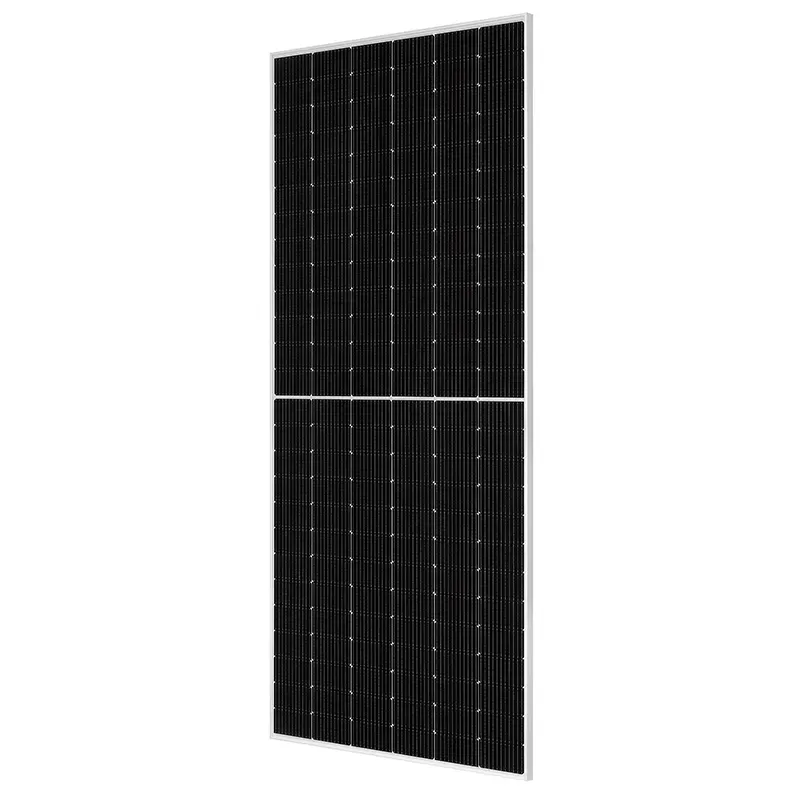types of hybrid inverters
Types of Hybrid Inverters An Overview
Hybrid inverters have gained significant traction in recent years due to the growing demand for renewable energy sources and energy storage systems. Unlike traditional inverters, which predominantly convert direct current (DC) into alternating current (AC) for immediate use, hybrid inverters offer more versatility. They not only manage solar energy generation but also facilitate the integration of energy storage systems, making them an integral component of smart energy systems. This article explores the various types of hybrid inverters available today, highlighting their features and applications.
1. Battery-based Hybrid Inverters
These inverters are specifically designed to work alongside battery storage systems. They allow users to store excess energy generated from solar panels during peak sunlight hours, which can later be utilized during times of low solar production or increased energy demand. Battery-based hybrid inverters manage the charge and discharge cycles of batteries efficiently, optimizing energy usage. They are particularly suitable for residential applications where energy independence is a priority.
Grid-tied hybrid inverters offer a unique blend of grid connection and battery storage functionality. They enable households to harness solar energy while still being connected to the electricity grid. In instances of excess energy production, these inverters can feed surplus power back to the grid, potentially generating income or credits for homeowners. Additionally, they provide battery storage capabilities, ensuring that energy can be utilized during grid outages or peak pricing hours.
types of hybrid inverters

3. Off-Grid Hybrid Inverters
Off-grid hybrid inverters cater to those who live in remote locations without access to the grid. These inverters are equipped with robust features to handle energy generation from solar panels or wind turbines and simultaneously manage battery storage. Off-grid systems often incorporate generators as backup power sources, ensuring a continuous energy supply even when renewable sources are insufficient. These inverters are essential for achieving energy self-sufficiency.
4. Multi-Mode Hybrid Inverters
Multi-mode hybrid inverters are the most versatile types on the market. They can operate in various modes, such as grid-tied, off-grid, and backup mode, making them ideal for diverse energy needs. This flexibility allows users to optimize their energy consumption based on their circumstances. Multi-mode inverters are particularly useful in residential settings that require reliable energy management across different scenarios, including power outages and time-of-use rate adjustments.
Conclusion
The evolution of hybrid inverters has significantly enhanced the way we harness and utilize solar energy. With advancements in technology, consumers can now choose from various types of hybrid inverters—each designed to meet specific needs and preferences. As renewable energy adoption continues to rise, understanding the distinct advantages and applications of these inverters will be crucial for making informed energy choices that contribute to sustainability and energy independence.
-
Unlocking Energy Freedom with the Off Grid Solar InverterNewsJun.06,2025
-
Unlock More Solar Power with a High-Efficiency Bifacial Solar PanelNewsJun.06,2025
-
Power Your Future with High-Efficiency Monocrystalline Solar PanelsNewsJun.06,2025
-
Next-Gen Solar Power Starts with Micro Solar InvertersNewsJun.06,2025
-
Harnessing Peak Efficiency with the On Grid Solar InverterNewsJun.06,2025
-
Discover Unmatched Efficiency with the Latest String Solar InverterNewsJun.06,2025







